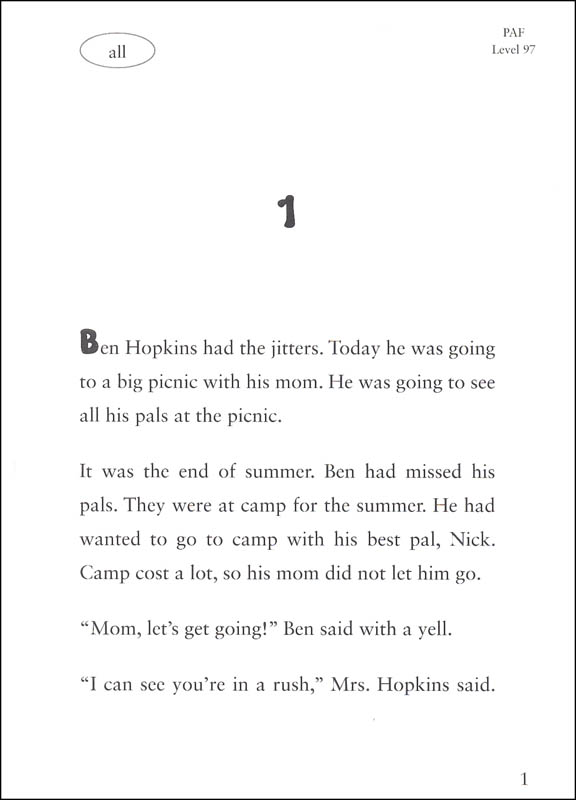

They were These texts were specifically written and illustrated to be culturally relevant and empowering to children in Boston. Decodable books are only needed until the student has mastered the code after that, they can read anything! Where to find decodable books?Īll About Reading readers (Levels 1-4) - nine readers with multiple stories in each that follow this scope and sequence.Īlphabet Series Readers (from Recipe for Reading) - click here for brochure including scope and sequenceīeyond Decodables *NEW* These FREE books are used as part of Focus on First, the first-grade curriculum of the Boston Public Schools. Eventually, when most of the code has been explicitly taught, students will be able to read regular, more authentic texts. Reading decodable text helps students build fluency and gain confidence as they become proficient with word-level reading. They are especially important for students with dyslexia (or any struggling reader) because they provide reading practice using the knowledge of letter-sounds that are taught explicitly in a scaffolded approach.

Using decodable text in the earlier stages of literacy instruction ensures that a student has the skills to read without guessing. And in the word ‘ school’, the grapheme represents /k/. For example, to successfully decode the word “ pencil” a child needs to know that the letter represents the /s/ sound when it comes before the letters, or. Many words in early leveled readers require advanced decoding skills. Often predictable and repetitive sentences are used to help students guess the correct words (e.g. With leveled readers, children are taught to rely on cues in the text or accompanying pictures to guess unknown words, and/or memorise a list of the most common words found in print.

leveled readersĭecodable text is quite different from ‘leveled readers’ which are used by many reading programs. It is important that the decodable text closely matches the sequence of instruction in letter-sounds, morphemes, phonetically irregular words, syllable types and spelling patterns that are taught throughout a structured literacy program, especially for struggling readers. The consonant blends are often very challenging for students with dyslexia and require lots of reading practice which decodable books can offer. ,, ) and consonant blends, such as ‘ trip’, ‘ glad’, ‘ca mp’, and some common suffixes (,, , ). This is usually followed by words that include digraphs (eg. Words like ‘any’, or ‘water’ would not be included because they include other pronunciations of the letter that have not been taught yet. At this stage, decodable text provided for reading practice would only include those letter-sounds and CVC patterns, such as “ The rat bit the pig.


 0 kommentar(er)
0 kommentar(er)
